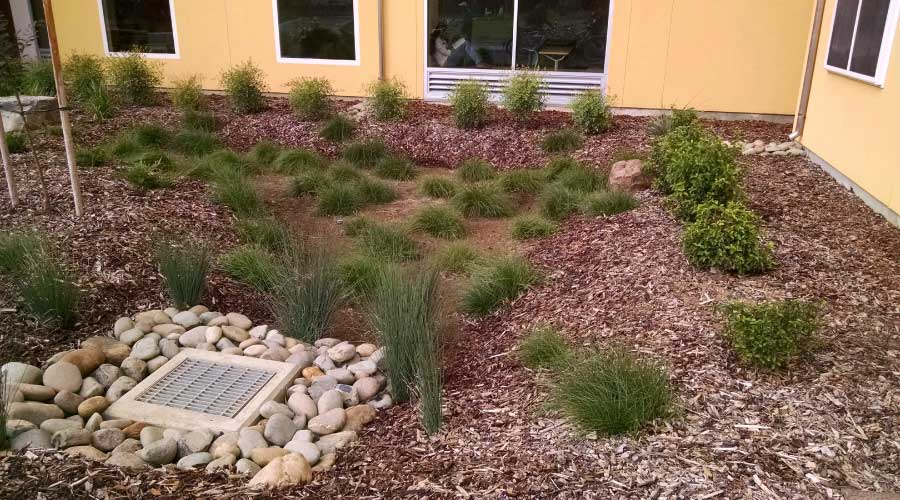LEED Materials and Resources Tips
There are three considerations to how material and resources affect the environment: the cost of production, the cost of transportation and the cost of nature restoration.
There was a time when development of virgin land was accomplished by use of readily available local materials. In the 17th century, the “central place theory” observed the use of natural and locally available materials. As transportation systems progressed, materials were imported for use because of aesthetics rather than practicality.
As LEED suggests, a practical way to reduce project costs and minimize harm to the environment is to use local and recycled material as much as possible. Other strategies include diverting construction waste to recycling plants rather than to landfills; reusing materials such as bricks, concrete and wood; and collecting recyclables like paper, plastic, glass and aluminum.
Related Topics:

















